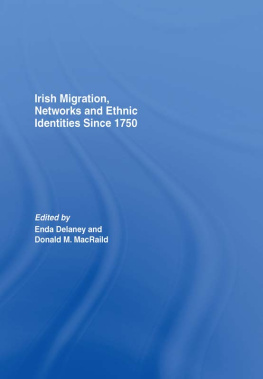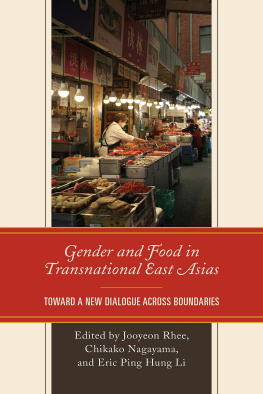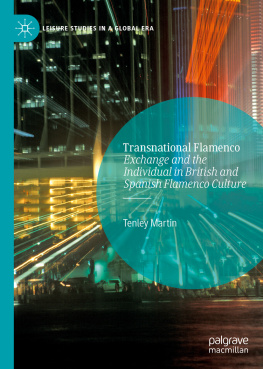1. Guyanese Hinduism and the Study of Clothing: An Introduction
Canefield is a village in Berbice, Guyana, situated near the Canje Creek, in the proximity of Rose Hall Estate. It is divided into eastern and western sections by a public road, a busy road that leads to the sugar estate and beyond, connecting and arranging those settlements. The boundaries of the villages have blurred due to population growth and the expansion of housing infrastructure. Today, it is hard to see where one village begins and the other ends. Newly erected signs denote village names, sponsored by either Pepsi or MoneyGram. They are hardly noticed by the local population but helped me to distinguish the villages. It was mostly the nameCanefieldthat led me to stop the Canje car there, one of the shared five-seater taxis, in May 2011. were immediately interested and curious to engage in conversation about Hinduism with me. As a white woman, and therefore obviously a foreign visitor, my interest in Hinduism was rather unusual to them, but also a delight, as most strangers eager to talk about religion are Christian missionaries, they claimed.
During fieldwork in Guyana I was asked almost on a daily basis if I was a Christian missionary. Often, when I approached Hindus for conversation, topics like idol worship were addressed immediately..
From the beginning, Seeram proved to be an insightful, reflective informant, especially with regard to the Madras tradition, one of the Guyanese Hindu traditions that I focus on in this study, also referred to as Kali-Mai Puja. It was a fortunate circumstance that he had recently expanded his house, which allowed me to become part of his household and, in the course of my stay, even his family. I lived with him and his family for seven months in total during my long-term fieldwork in 2011 and 2012. Seeram is a 58-year-old Guyanese Indian man, working at the docks on the sugar plantation. He lives with his family in a self-owned, working-class, well-kept wooden house, which he proudly asserts to have built and maintained with his own hands under constant hardship. He was born and raised in a village further up the river, where he worked in logging and farming, and only moved to the coastal area in his twenties. He calls himself a stand Hindu, a staunch Hindu who is profoundly rooted in Hinduism, proud of it, and never to be converted to Christianity or Islam. He has two children with Joanne, his wife. His son, daughter-in-law, and grandsons live in the same house. His daughter migrated to New York City in the 1990s, who maintains close contact via phone and text messages. Initial communication problems resulting from my lack of Creolese (Guyanese Creole) did not prevent us from engaging in vivid discussions on Hinduism and the Madras tradition, of which he is a convinced follower. at his house, performed by a Sanatan pandit , a sign of which are the jhandi flags near the fence of his house lot, and also does wuk (conducts puja) at the Madras church every year.
During my fieldwork I noticed that it is common for many Hindus in Berbice to attend services or to pray and ask for blessings by choosing from a particular, personalized range of religious practices, prayers, and songs. Hindu traditions to them are not mutually exclusive. For example, I met a number of women who attend both Sanatan and Madras functions (services, pujas, events). A Madrassi is not excluded from Sanatan mandirs , he or she might visit them on special occasions such as yajna (ceremonial readings), and usually performs jhandi, which is associated with Sanatan worship. The prevalence of eclectic practices and shifting affiliations is especially noticeable among Madrassis. Therefore, focusing solely on one Guyanese Hindu tradition seems to be misleading when society-wide phenomena like migration and ethnicity are considered, as is the case in this study.
After I attended a number of events linked to either the Sanatan or Madras tradition, I noticed that all these functions or, more specifically, socio-religious practices have certain parallelsone of the most visible parallels were the sartorial practices of the community members. A large proportion of the devotees are dressed in so-called Indian Wear on these occasions, through which they display and performatively recreate their Hindu- or Indianness. As my intention was to seek and provide a broad approach to Guyanese Hindu traditions and Indian culture in Guyana, a focus on Indian Wear and the material culture of clothing proved to be an innovative and encompassing perspective. The central questions that this study addresses therefore include the following: Is Indian Wear a means of displaying inclusion and belonging to a specific ethnic or religious group? What other ways exist through which clothing may foster inclusion to or exclusion from groups? How is Indianness created through the use of specific kinds of clothing and specific modes of consumption? How does clothing or dress become relevant in the course of migration? How does the history of Indian dress in Guyana reveal specific contexts of cultural and religious hegemony and hierarchy?
My questions concerning clothing and its (re)distribution frequently led to a discourse of Christian charity and the threat of Hindu conversion. My informants often expressed that Hindu beliefs and practices are superior to Christian ones in this context, discussing, for example, that Jesus had been educated in India. Yet within the same conversation they would also stress that all religions are basically or essentially the same. This discourse indeed was the dominating one of the two. For instance, in our first conversations Seeram repeatedly emphasized and convincingly expressed his respect for all religions, explaining that they are all the same. He proclaimed that all religions, all religious practices, are only different ways of worshipping (the same) god, and that the religions do the same thing, only different name. This statement surprised me, as I assumed that due to the variety of religions in Guyana there must be strong competition and discussion of what is the true religion. His proposition seemed to refute this, and on a number of occasions I heard many other Hindus pronounce similar statements. At first I believed that these declarations were particularly owed to my presence. I was often involved in discussions in which I felt that my integrity and honesty about my stay were tested. New acquaintances regularly confronted me with the questions: do you appreciate the Hindu way of worship? Do you like Hinduism? Do you think we worship idols? These questions usually ended in conversations in which the discussants, including me, eventually agreed that there is One god, but different ways of praying. When this point was reached, most concerns seemed to be discarded, and I had proven my sincerity, as well as publicly stated my equality and that I did not claim a superior status based on religion. I learned that this argument is a common way to negotiate and discuss the equality of people in rural Guyana.
Which contexts have produced this rhetoric and how did the importance of leveling evolve among Guyanese Hindus? What are the implications of statements such as different ways but essentially the same? Generally, the rhetoric of the same is a means to create and emphasize an equality of all discussants regardless of their religious affiliation. This is of particular relevance in the multi-religious and multi-ethnic society of Guyana, in which social and cultural hierarchization is fundamentally based on culture and religion, and in which Christianity has been claimed by colonizers as well as other ethnic groups to be the superior and true form of religion, denoting other religions as heathen and inferior.






